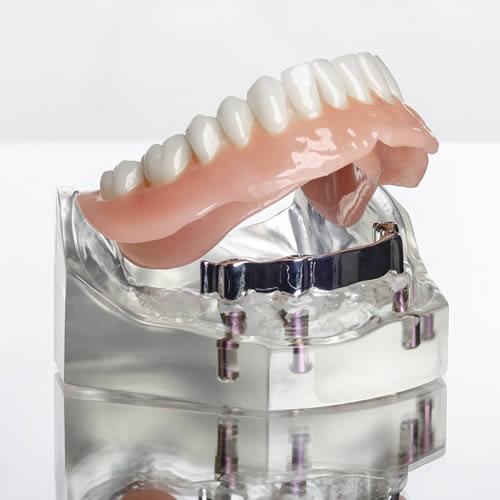Following an examination, we would discuss with you all important clinical findings and if any dental treatment needs to be organised. We would also arrange your hygiene appointment although if you prefer, this could be arranged in advance to be on the same day as your checkup.
You would see Sally or Helen for your hygiene appointments. They would go through your daily hygiene routine with you to make sure you stay on top of things especially if you have had complex restorative work such is dental implants . Gum disease if present, must also be closely monitored in order to be kept under control. They would help you to choose the right oral hygiene tools such as electric toothbrushes, interdental brushes or WaterPik, tailored to your personal circumstances and show you the best method of using them.
As part of our Dental Plans, children would have one and adults two annual checkups and hygiene appointments.

Almost all filling materials we use are tooth coloured. Although amalgam has been used over many decades with considerable success rate, environmental concerns have led to a worldwide change of policy towards its use. White composite filling material however, has improved so much in recent years that can be used routinely with confidence.
While Fillings are placed directly in the tooth, for a veneer, crown or a bridge, an impression is taken from the tooth to be sent to a dental laboratory in order for it to be fabricated by a technician. Once back in the practice, it can be glued onto the tooth.
At OXFORD PLACE DENTAL, we have invested in a CADCAM technology called CEREC. The traditional impression taking is replaced by a seamless process whereby a wand-shaped camera is used to scan teeth in the mouth. The computer then creates a virtual model of the teeth and would aid the dentist to design crowns or veneers which are then created in a matter of minutes by a milling machine that cuts away a porcelain block from outside and inside simultaneously. In addition to extreme precision achieved in this way, these crowns and veneers look great and the whole experience would become a lot more pleasant for patients particularly those with strong gag reflex when taking impression. As the whole job is finished on the same day, there would be no need to numb the tooth again in a subsequent appointment or spend two weeks with a temporary crown while the permeant one is being made.




With prevention in mind, our aim is to avoid taking teeth out as much as possible. Removing teeth is however necessary if the tooth is broken down beyond repair. Naturally we do our best to make patients as comfortable as possible during the procedure. The majority of cases are normally carried out under local anaesthetics . At OXFORD PLACED DENTAL, we are fully equipped to deal with both simple and more complicated extraction cases when a minor surgery is required.
When the future plan is to replace the tooth with a dental implant, we may recommend a procedure called “socket grafting” at the time of removing the tooth. Placing bone graft into the tooth socket would help to minimise the shrinkage of the jaw bone following extraction and optimise the quality and volume of the bone available for the subsequent implant placement.
When a tooth is traumatised, decayed, fractured or has been prepared for a crown, the soft pulp containing the nerves inside the root canal might suffer some degree of irritation, causing sensitivity or pain. The pulp would normally recover after a while and the discomfort could resolve altogether. In some cases though, the inflammation continues to progress, resulting in an infection and persistent toothache when a root canal therapy would be necessary if the tooth is to be saved.
During the treatment, the infected pulp in removed, the root canals are thoroughly cleaned and sealed with a material called “gutta perch” to prevent them from reinfection.
We would normally complete the treatment in one appointment. At the end of the treatment, the tooth is restored to regain its former shape and function. Root treated teeth however, can become quite brittle and may need to be crowned to ensure their longevity. If this is the case, we will let you know from the outset, so that you could make an informed decision about your options.


Dentures are the removable type of tooth replacement and an alternative to bridges. A denture is normally a more appropriate option when more than one missing tooth is being replaced. It could be made wholly from acrylic material or may have a metal skeleton that in comparison, is slimmer in design and easier to tolerate.
Dentures are often made as a definitive solution for missing teeth. When a tooth extraction is planned however, a denture may be made as a temporary measure because other methods of replacing teeth such as bridges or implant would usually require a few months of healing post-extraction.
A number of years after a denture is made and fitted, it might gradually feel slightly loose and unstable, due to changes in the tissues in the mouth. This is when the fitting surface of the denture can be refurbished or a whole new denture could be fabricated.
A denture is generally supported and held in place by teeth and soft tissue in the month. The support could also be supplemented by addition of two or more implants. This type of denture is called “an implant over-denture” with components inside its fitting surface to attach to implants resulting in significant improvement in stability, functionality and patient’s satisfaction. Using implants in this way is particularly useful for lower dentures as they normally suffer from excessive movement.
